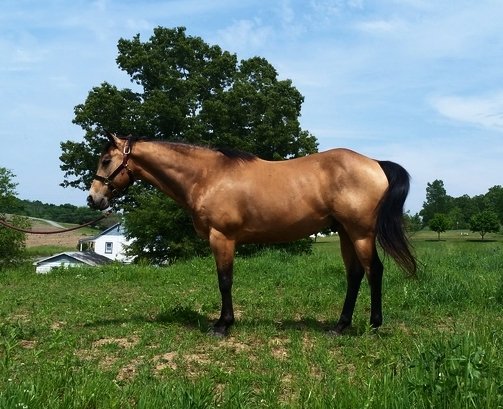
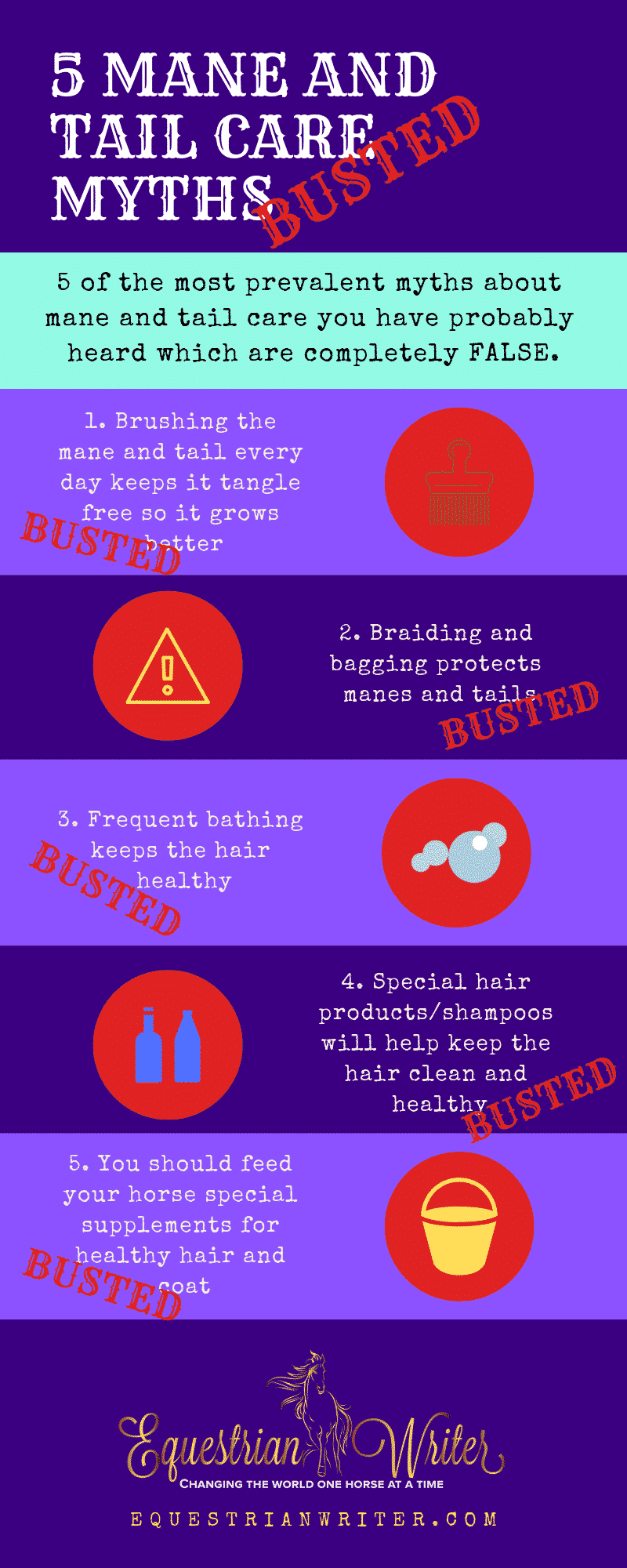
There is a lot of information out there on mane and tail care for horses. What many people don’t know is that much of it is sponsored–either directly or indirectly–by big companies looking to market their products. This has lead to the perpetuation of many mane and tail care myths that were started by these companies solely to market their products. Today we are going to bust 5 of the most prevalent myths about mane and tail care that you have probably seen somewhere on the internet.
1. Brushing the mane and tail every day keeps it tangle free so it grows better
This seems logical at first glance, but think about the last time you brushed your horse’s mane and tail. What sound did you hear as you brushed? It was probably a grating ripping sound. What was the product of brushing? Yes, you got the tangles out, but some of the hair came with it. It is inevitable. No matter what techniques, products, or special brushes you use, there will always be that ripping sound accompanied by a certain amount of hair loss. Furthermore, if you look at the hairs that come out, you will undoubtedly see on most of them a white tip. That is the root of the hair. You’re not just breaking the hairs off. Your ripping that hair out by the root. It takes a long time to grow those hairs back, much longer than if they were just broken off. Some horses are blessed with enough hair that it doesn’t make much difference. But if you are reading this article you probably are looking for tips on how to avoid hair loss. Ripping your horse’s hair out by its root probably isn’t the best way to prevent hair loss.
So, what is the best alternative? Use you figures to tease the knots out every day. This may be quite tricky at first if your horse has dry, brittle hair, but it will be worth it. If you really need some help, try a tiny bit of coconut oil. Just don’t lather it on as this will coat the hair and prevent natural oils from accumulating.
2. Braiding and bagging protects manes and tails
This is a pet peeve. You will see all kinds of tutorials all over the internet about how to braid and bag your horse’s mane and tail. Let’s think about this logically. Bagging your horse’s tail includes braiding it up, applying a whole bunch of leave-in conditioner or whatever product you use, and then covering it with some sort of bag. That puts a lot of weight and strain on the roots of your horse’s hair. I’ve seen horses with very healthy hair loose quite a bit of hair when taking the bag out. Now imagine if your horse has less than stellar locks. If you are hoping to improve your horse’s hair quality, why would you want to put any extra strain on it?
Then there is the matter of the braids and bags themselves being a hazard. Don’t forget that we are dealing with a half ton creature with a remarkable knack for self-harm and suicidal tendencies. Imagine if your horse were to get the braid or bag caught on a fence post, branch, bush, gate, or even on the hay feeder in his stall. You would be shocked how many places that suicidal creature can find to hurt himself–in or out of the barn. Do you really want to risk him yanking out a huge chunk of mane or tail all in one go?
Related Content: Healthy Horse Checklist
3. Frequent bathing keeps the hair healthy
The natural oils on your horse’s skin make the hair healthy. Guess what frequent bathing does? If you guessed that it strips those oils away you are correct! If you want dry hair and split end, then be my guest, bath away. If you want healthy, shiny, beautiful hair, put down the shampoo.
I can hear the arguments; “But my horse needs his whitening shampoo! He’s a gray!” “But my horse need this special hypoallergenic shampoo, he has allergies!”
Ok, first off, don’t get a gray horse. If you do get a gray horse, you really should come to terms with actually having a green/brown horse for 97% of the time. If your horse has a healthy coat, the stains won’t stick near as bad and will be much easier to get out come show time. But bathing all the time in between shows will not help anything. You’re fighting a losing battle. As for special shampoos like hypoallergenic shampoos and whatnot, my only question is; did your vet prescribe it? If not, then your horse probably doesn’t need it. If you horse has some sort of skin issue, please consult your veterinarian before drying out his skin unnecessarily from constant bathing. Now, if your veterinarian did prescribe it, then you probably want to do it. But I’ve never heard of a veterinarian prescribing shampoo.
Remember that paint mare from the Beginner’s Guide to Horse Selling? She didn’t have a bath before her photo shoot or any of her buyer meet and greets. She got minimal spot cleaning around her ankles and the bottom of her tail. It took at most 5 minutes. She might have had one bath the entire time we owned her (a little over a year).
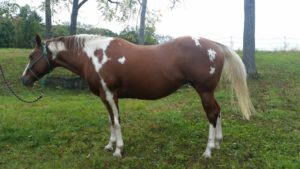
4. Special hair products/shampoos will help keep the hair clean and healthy
I don’t care how natural the product is, you shouldn’t be lathering your horse’s mane and tail in anything on a long term basis. Put down the show sheen and the coconut oil and whatever else the local tack shop has sold you on. Let the poor horse’s natural oils accumulate. That is the only way to truly achieve long term results. Trust me. I know. I’ve got a pasture full of shiny horses to prove it.
For example, this sale photo for my gelding a few years ago. Guess what? No bath. No products. A 5 minute groom. That’s it. He looked like this pretty much every day.
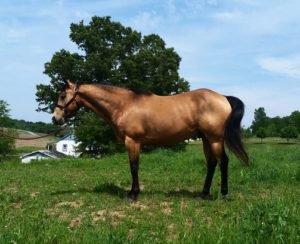
5. You should feed your horse all kind of special supplements for healthy hair and coat
Ok, I know I’ve said that healthy hair and coat starts from the inside out, but feeding your horse just any random supplement, must less multiple random supplements, just because they have good advertising is not a good idea. Just because the have all kinds of claims to make you horse have long, shiny, luscious locks printed on the label doesn’t mean they actually do. Only feed your horse what they need, not what some “reputable” feed company says they need. Read more on proper supplementation here: Supplements 101: 3 Supplements Every Horse Owner Should Know.
What it really boils down to is don’t fix what isn’t broke. Feed a balanced, high forage diet. Don’t over groom. Don’t use all kinds of products. It’s a lot simpler than some people make it out to be. But, of course, no one can make money selling you on the simple way of doing it, so of course they have to convince you to buy their magical product. Work smarter, not harder and stop micromanaging.






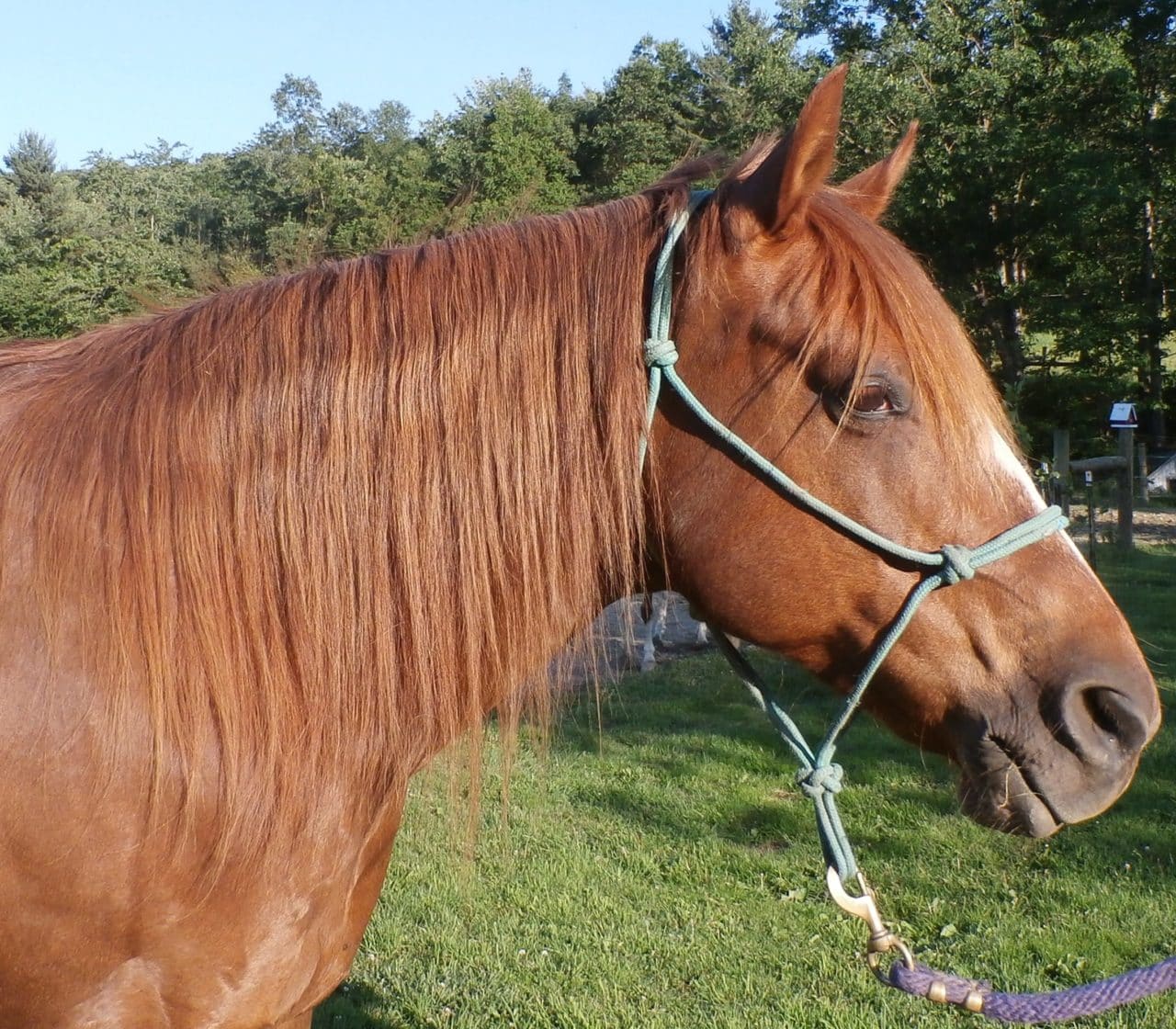
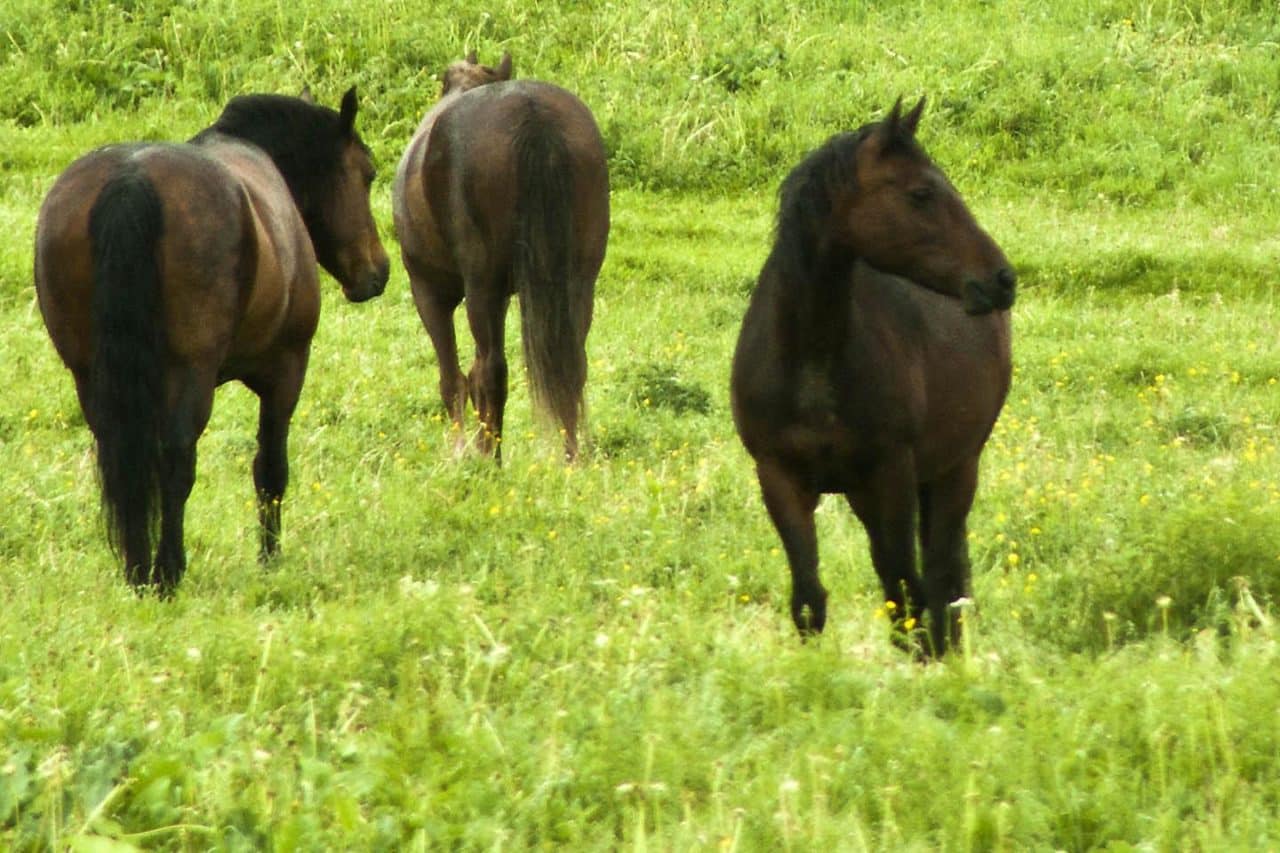
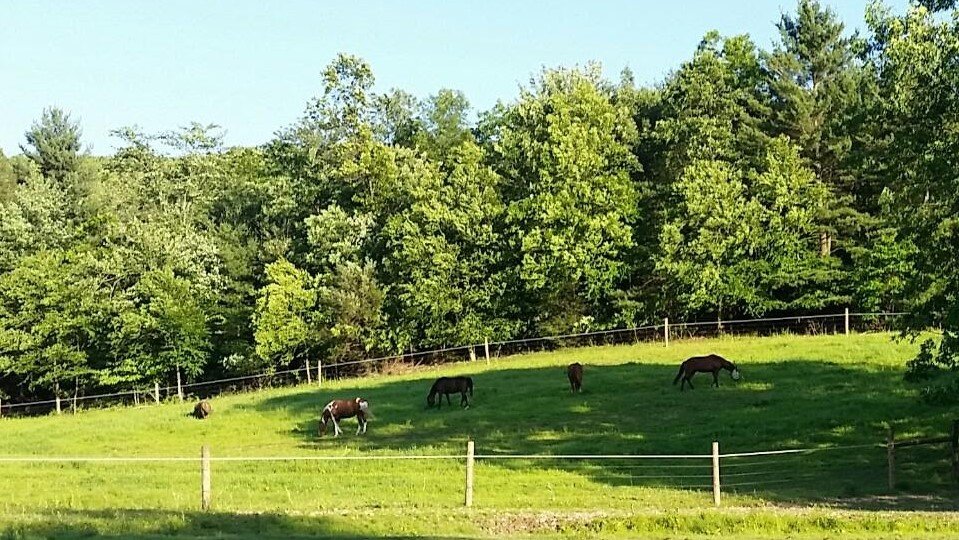

Hi! My 18 year old mare has the tail that is admired, its thick, long healthy hair. I have never brushed or combed her hair, when i wash her tail its with baby shampoo, then showsheen and a bottle of baby oil, i run my fingers through it and done… Its worked for 18 years
Combing out a horse’s mane and tail should be done as gently and thoroughly as combing out your daughter’s long hair.
Starting from the very bottom, brush right through, then move up another inch. Don’t yank. Use your fingers to work out big tangles (or, better yet, don’t let them GET big tangles – not as hard as some people make it out to be). Gently work your way up to the base, then give it a thorough brush all the way down the length. Horses appreciate that proper brushing; it feels good to them when you’re doing it right, they’ll often relax to the point of drooping the head and lowering the eyelids – the tail head is another place my horses love to have groomed and scratched for pleasure.
When I see a horse whose mane & tail have begun to gnarl into dreadlocks, I’m looking at a horse whose owner doesn’t really care.
Hi! My 18 year old mare has the tail that is admired, its thick, long healthy hair. I have never brushed or combed her hair, when i wash her tail its with baby shampoo, then showsheen and a bottle of baby oil, i run my fingers through it and done… Its worked for 18 years